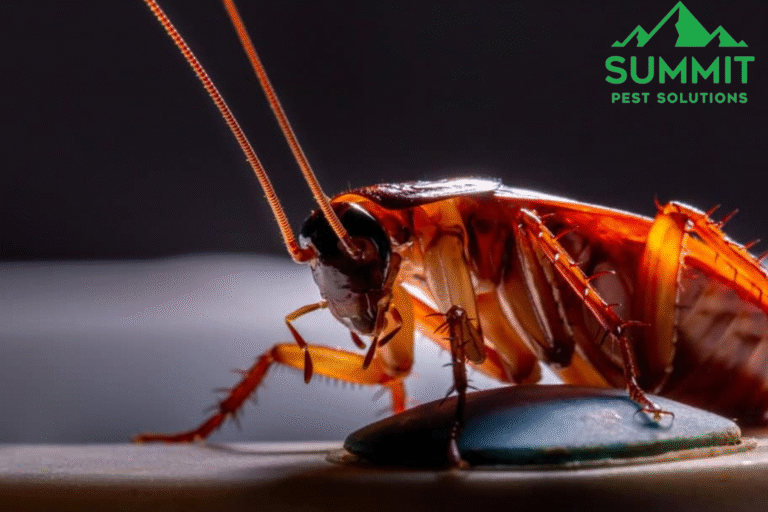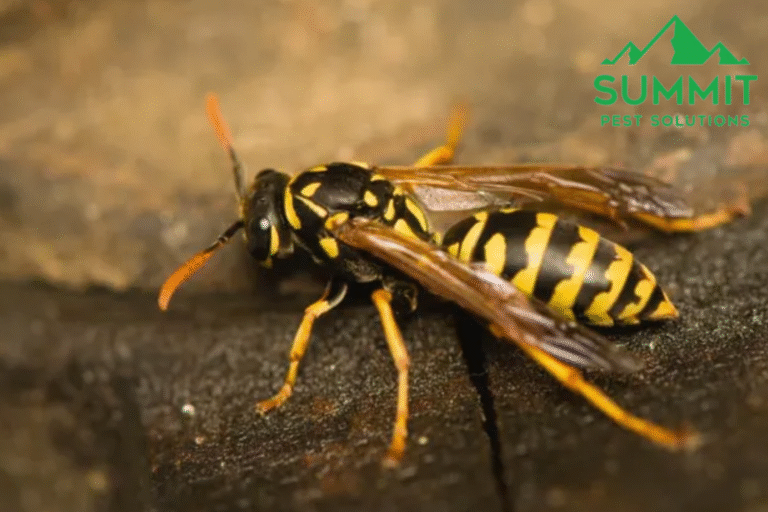Nature’s Tiny Architects: How Pests Build Hidden Homes Indoors

When people think about pests, the first thing that comes to mind is often the damage they cause or the diseases they spread. But many pests are also master builders, creating intricate and hidden homes inside walls, attics, and crawl spaces. These structures serve as safe havens where pests can live, breed, and thrive, often unnoticed for weeks or months.
Understanding how pests construct these hidden homes is essential for identifying infestations early and preventing further problems.
The Art of Pest Construction
Pests have adapted over centuries to build shelters that protect them from predators and harsh environmental conditions. Inside a home or business, these shelters can be surprisingly complex. Some pests chew through materials to make space, while others gather debris, paper, or fabric to create insulated nests.
Whether it’s termites tunneling through wood, rodents weaving shredded paper into cozy bedding, or wasps building paper-like combs, each species has its construction style. The challenge for property owners is that these shelters are often hidden from view, making infestations difficult to detect until they are well established.
Termites: Subterranean and Concealed Architects
Termites are among the most skilled hidden home builders. Subterranean termites construct elaborate tunnel systems in the soil, connecting to wood structures without ever exposing themselves to open air. Inside walls and floors, they create galleries that allow them to move freely while remaining hidden.
How Termites Build Indoors:
- Use mud tubes to travel safely between soil and wood
- Hollow out wooden beams from the inside, leaving the exterior intact
- Maintain moisture levels in their nests for survival
Termite damage often goes unnoticed until significant structural issues occur, making professional inspections essential.
Rodents: Shredding and Nesting Experts
Mice and rats are opportunistic nesters, capable of turning almost any indoor location into a home. They use insulation, paper, cardboard, and fabric to create warm, soft bedding in secluded areas such as attics, behind appliances, or inside wall cavities.
Rodent Nesting Behaviors:
- Choose dark, undisturbed areas close to food sources
- Shred soft materials into fine pieces for insulation.
- Build multiple nests within a single structure.
Rodent nests are not only a sign of infestation but also a potential health hazard due to droppings and urine that can contaminate nearby surfaces.
Wasps: Indoor Paper Engineers
While wasps are typically associated with outdoor nests, some species take advantage of indoor spaces such as sheds, garages, and attic vents. They use chewed wood fibers mixed with saliva to create paper-like comb structures for housing their young.
Indoor Nesting Risks:
- Aggressively defend the nest if disturbed
- Potential for rapid population growth in warm environments
- Structural concerns if nests are built near wiring or insulation
Identifying wasp activity early can prevent dangerous encounters, especially in enclosed spaces.
Ants: Intricate Colony Builders
Ants are highly social insects that can build extensive colonies indoors. Carpenter ants, in particular, are known for their ability to excavate wood to create smooth tunnels and nesting chambers. While they do not eat wood, their construction efforts can weaken structural components over time.
Ant Construction Facts:
- Colonies may contain multiple nesting sites
- Preferred nesting locations include moist wood and hollow doors
- Use pheromone trails to navigate between nests and food sources.
Keeping moisture under control and sealing cracks in the building envelope can reduce ant nesting opportunities.
Silverfish: Secretive Shelter Seekers
Silverfish do not build elaborate nests like rodents or wasps, but they find and adapt hidden spaces to suit their needs. They prefer dark, damp environments, often hiding in cracks, behind wallpaper, or within bookcases. Over time, their feeding habits can damage paper, textiles, and stored goods.
Where Silverfish Hide:
- Behind baseboards and inside wall voids
- In stored boxes in attics or basements
- Under sinks and inside cupboards
Preventing silverfish involves controlling humidity and eliminating their food sources.
Why Hidden Pest Homes Are Hard to Detect
The main reason pest homes go unnoticed is that they are deliberately built in concealed areas. Walls, ceilings, attics, crawl spaces, and storage areas provide perfect cover. Many pests are nocturnal, which means most construction and foraging activity happens while people are asleep.
By the time visible signs appear, such as droppings, chewed materials, or structural weakening, the infestation may already be extensive. This makes regular property inspections and professional pest control near me searches crucial for early detection.
Preventing Indoor Pest Construction
A proactive approach can greatly reduce the likelihood of pests building homes inside your property.
Keep Areas Clean and Clutter-Free
Clutter provides pests with both materials and hiding spots for their nests. Regular cleaning, especially in storage areas, helps reduce risks.
Control Moisture Levels
Many pests, including termites, ants, and silverfish, are attracted to damp areas. Fix leaks promptly, ensure proper ventilation, and use dehumidifiers where necessary.
Seal Entry Points
Inspect the exterior of your home for cracks, gaps, and other openings pests can use to enter. Use caulk, steel wool, or other durable materials to block access.
Store Food Properly
Rodents, ants, and other pests are drawn to easily accessible food. Keep food in sealed containers and clean up spills immediately.
Schedule Professional Inspections
A licensed pest control provider can identify early signs of nesting and eliminate pests before they become a larger issue. Residents looking for Nichols Hills pest control services can benefit from local expertise tailored to the area’s pest challenges.

Protecting Homes in Nichols Hills, OK
The climate and residential environment in Nichols Hills provide ideal conditions for pests to thrive year-round. Whether it’s rodents nesting in attics, ants tunneling in walls, or termites silently hollowing out wood, these hidden homes can lead to costly repairs and health risks.
Working with a local team specializing in pest control Nichols Hills OK ensures your property is inspected thoroughly and treated with targeted solutions. Finding trusted pest control Nichols Hills services can help safeguard your property from the unseen pests lurking within.
About Summit Pest Solutions
Summit Pest Solutions is a trusted pest management company based in Guthrie, Oklahoma, providing reliable, effective, and customized pest control services for both residential and commercial clients. Serving Guthrie, Nichols Hills, and surrounding communities, the company specializes in addressing a wide range of pest issues, including termites, rodents, ants, wasps, and more.
By combining detailed inspections with proven, environmentally responsible treatment methods, Summit Pest Solutions delivers long-term protection and peace of mind for property owners.









